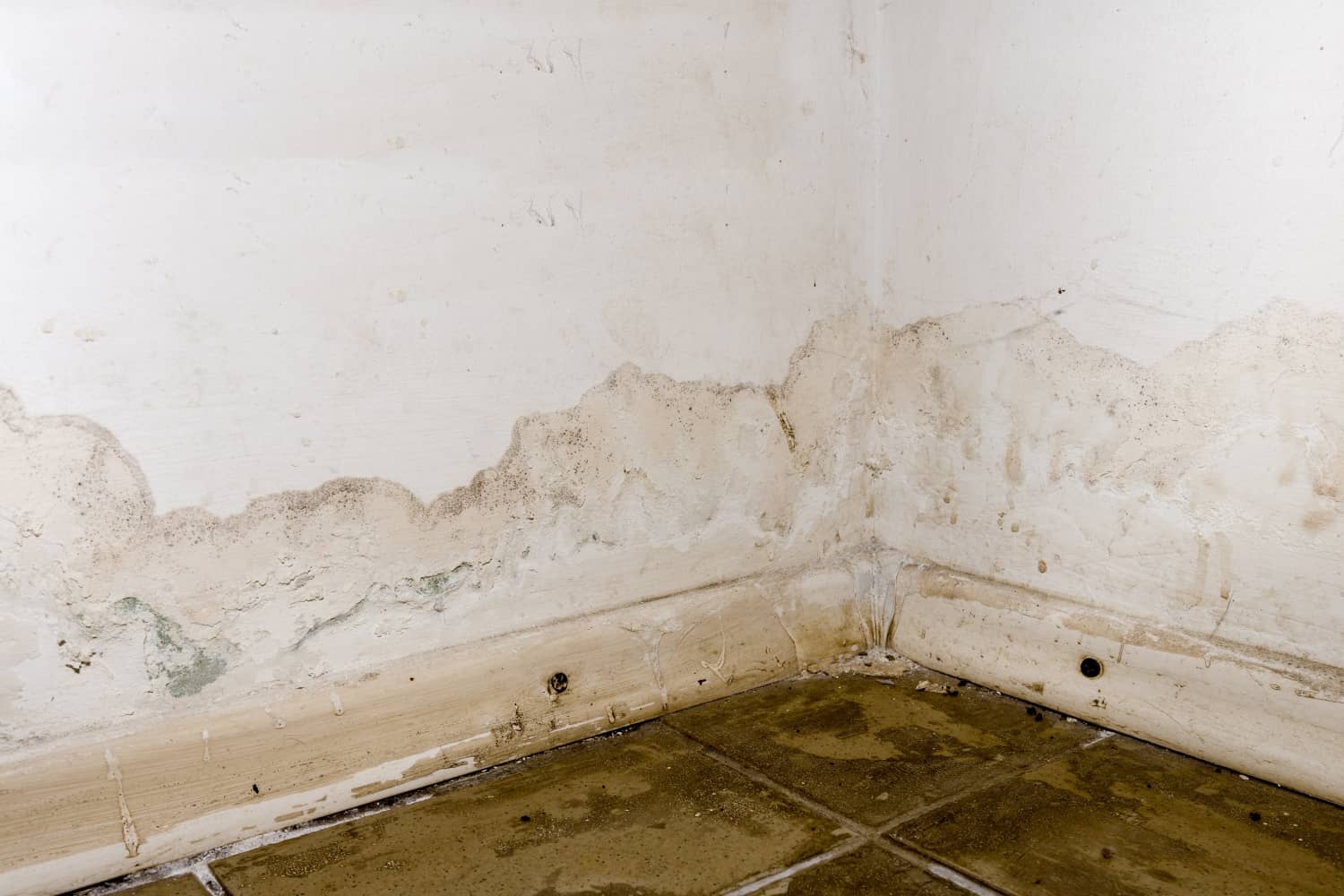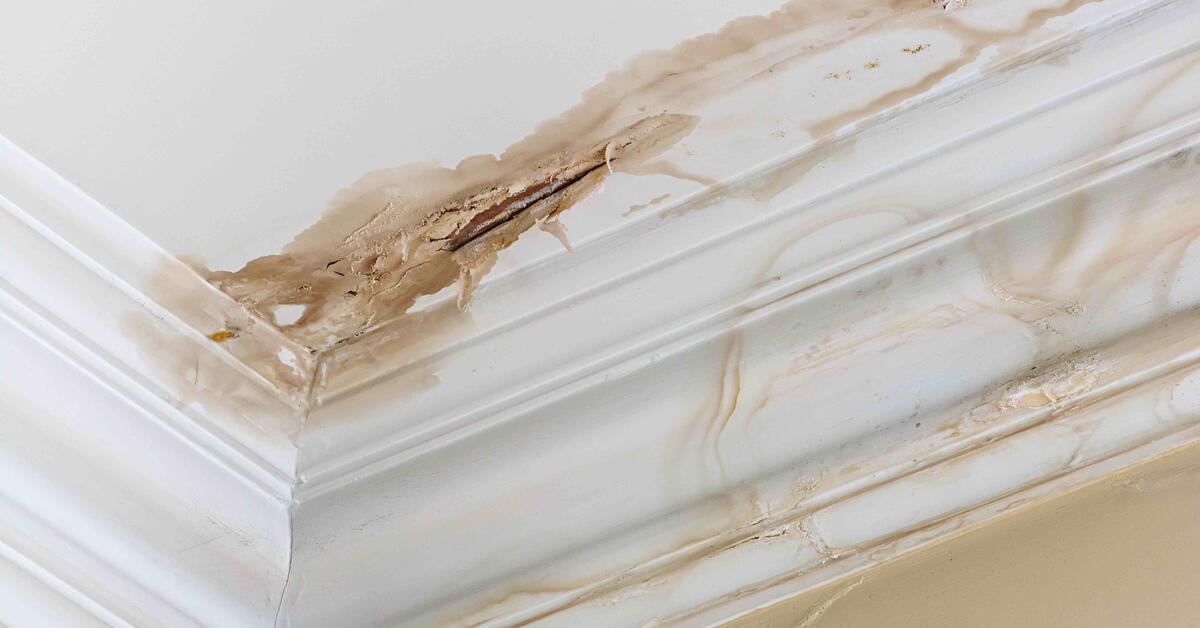Trusted Water Damage Repair Services for Residential and Commercial Properties
The Process of Water Damages Cleanup: Guaranteeing Your Home Is Restored Properly
Water damage can be a difficult challenge for homeowners, necessitating a structured and thorough clean-up process to restore safety and capability. A comprehensive assessment is critical to recognize the degree of the damages and identify the appropriate removal actions. Following this, reliable water removal techniques play a pivotal duty in alleviating more damage. Nevertheless, the subtleties of drying, sanitizing, and eventual reconstruction are equally essential and commonly overlooked. Understanding these phases can make a significant difference in the end result of your home's restoration, triggering a closer check out what each step involves.
Examining the Damages
Upon discovering water damage, the initial step is to extensively assess the extent of the effect. This first analysis is essential, as it helps figure out the required steps for effective cleanup and remediation. Begin by checking the influenced locations, consisting of wall surfaces, ceilings, floorings, and personal possessions, to determine the source of the water intrusion, whether from flooding, leaks, or condensation.
Documenting the damage is essential for both insurance coverage cases and intending restoration initiatives - damage restoration services. Usage photographs and written notes to catch the seriousness of the damage, keeping in mind any type of afflicted structural elements and products. Pay unique interest to areas that might not be promptly visible, such as behind walls and under carpets, as concealed wetness can cause further problems, including mold and mildew development
Furthermore, assess the timeline of the water exposure. The longer the products stay wet, the better the capacity for damage. Understanding the period of exposure will notify the seriousness of remediation initiatives. Eventually, a detailed evaluation lays the groundwork for a successful water damages cleanup procedure, guaranteeing that all affected locations are dealt with effectively and completely.
Water Removal Strategies

Experts typically utilize completely submersible pumps for bigger quantities of water, which can quickly relieve flooding in basements or other impacted locations. For smaller amounts, wet/dry vacuum cleaners are frequently utilized to draw out residual dampness from carpetings and tough surface areas. Additionally, using portable extractors enables for targeted removal in restricted areas or locations with delicate materials.
In circumstances of infected water, such as sewer or floodwater, progressed removal techniques might entail the use of biohazard equipment to make certain safety and security and conformity with wellness laws. High-powered removal tools are vital in decreasing water retention in architectural products, which can result in mold development and structural degeneration if not dealt with immediately.
Inevitably, the efficiency of water extraction techniques plays a pivotal role in the overall success of the water damages cleaning procedure, preparing for subsequent repair efforts.
Drying and Dehumidification
Once standing water has actually been successfully drawn out, the next crucial phase in the water damages clean-up process is drying and dehumidification. This action is important to avoid further damages and mold growth, which can occur within 24 to two days in moist environments.
To attain reliable drying, customized devices such as industrial-grade air movers and dehumidifiers is used. Air moving companies distribute air throughout damp surfaces, boosting dissipation rates, while dehumidifiers minimize humidity degrees in the air, promoting a favorable environment for drying out. The combination of these devices guarantees that moisture is attracted out from furnishings, wall surfaces, and floorings, enabling them to dry completely.
It is necessary to check the drying procedure carefully. Specialists typically use wetness meters to analyze the wetness web content in various materials, ensuring that all impacted locations reach acceptable dry skin degrees. This precise technique helps to avoid surprise dampness pockets that could result in architectural damages or unhealthy mold growth.

Cleaning and Sterilizing
After the drying and dehumidification stage is full, the following vital action in water damage cleanup is cleansing and disinfecting the influenced locations. This procedure is critical to avoid the Learn More Here growth of mold, germs, and other pathogens that flourish in moist atmospheres.
The cleaning phase usually includes getting rid of any kind of debris, dirt, and contaminants from surfaces making use of specialized cleaning up representatives. For difficult surfaces, a combination of soap and water or commercial cleansing products is often used. Soft products, such as furniture and rugs, might require more extensive cleansing techniques, consisting of heavy steam cleaning or deep removal strategies, to make sure complete cleanliness.

Sanitizing adheres to cleaning, utilizing EPA-approved disinfectants to remove damaging microorganisms. This step is crucial, specifically in locations that might have entered contact with floodwaters or sewage, as these resources can position severe health threats.
Furthermore, it is essential to attend to any kind of staying smells, which may call for the use of smell neutralizers or innovative methods like ozone therapy. Proper cleansing and sanitizing not just bring back the safety and security and hygiene of your home yet also prepared for successful reconstruction and repair work in succeeding phases of the water damage cleaning process.
Reconstruction and Repair Work

Once the assessment is complete, restoration initiatives can start. Furthermore, floor covering might call for comparable interest, depending on the level of water direct exposure.
It is crucial to engage experienced restoration specialists throughout this process, as they have the proficiency to handle intricate repair services efficiently. They can aid alleviate prospective future issues, such as mold and mildew growth or structural instability, hence making sure a risk-free and habitable living atmosphere. Ultimately, effective reconstruction and repair services restore the home's stability and enhance its general value.
Verdict
To conclude, the procedure of water damage clean-up is important for recovering a home to its pre-damage problem. Each stage, from examining the damages to executing efficient water extraction methods, adhered to by extensive drying out, sanitizing, and required repairs, plays a necessary role in making sure safety and security and compliance with building requirements. Efficient implementation of these steps not only alleviates more info here instant damages yet also improves the long-lasting honesty and worth of the home.
Water damages can be an why not try these out overwhelming obstacle for property owners, necessitating a structured and meticulous cleanup process to bring back safety and functionality. Eventually, a comprehensive assessment lays the foundation for a successful water damage cleanup procedure, making certain that all influenced locations are addressed effectively and extensively.
Efficient water extraction techniques are essential in reducing damage and preventing more issues complying with a water intrusion event.In conclusion, the procedure of water damage cleanup is vital for restoring a home to its pre-damage condition. Each phase, from analyzing the damages to executing efficient water extraction methods, followed by thorough drying out, sanitizing, and needed repairs, plays an important duty in making sure safety and conformity with building requirements.